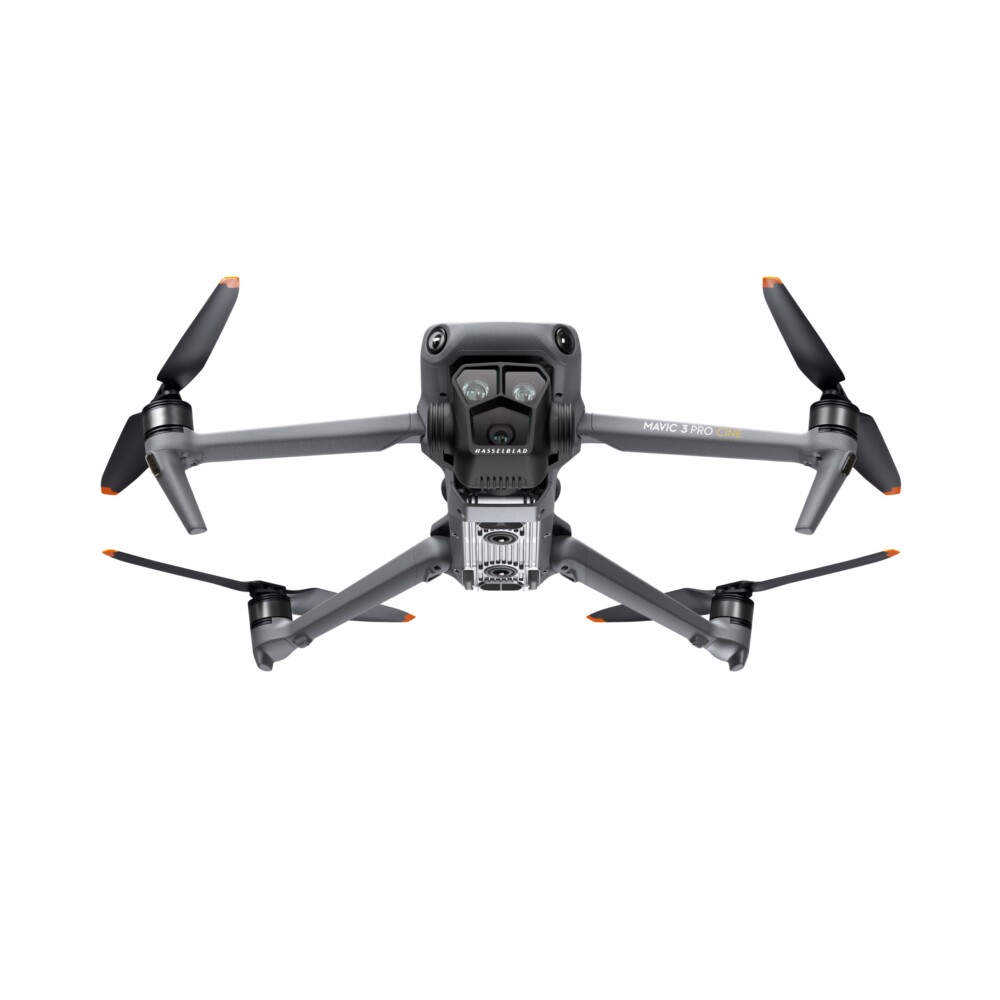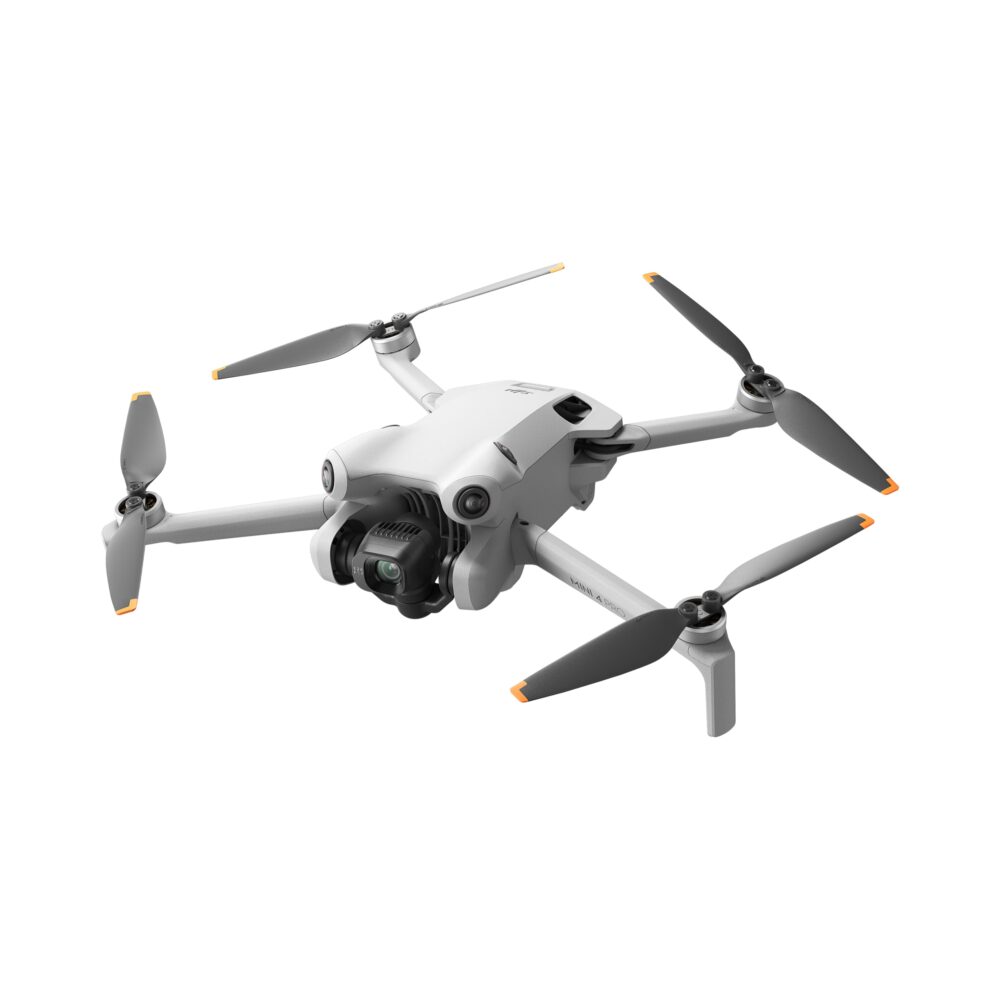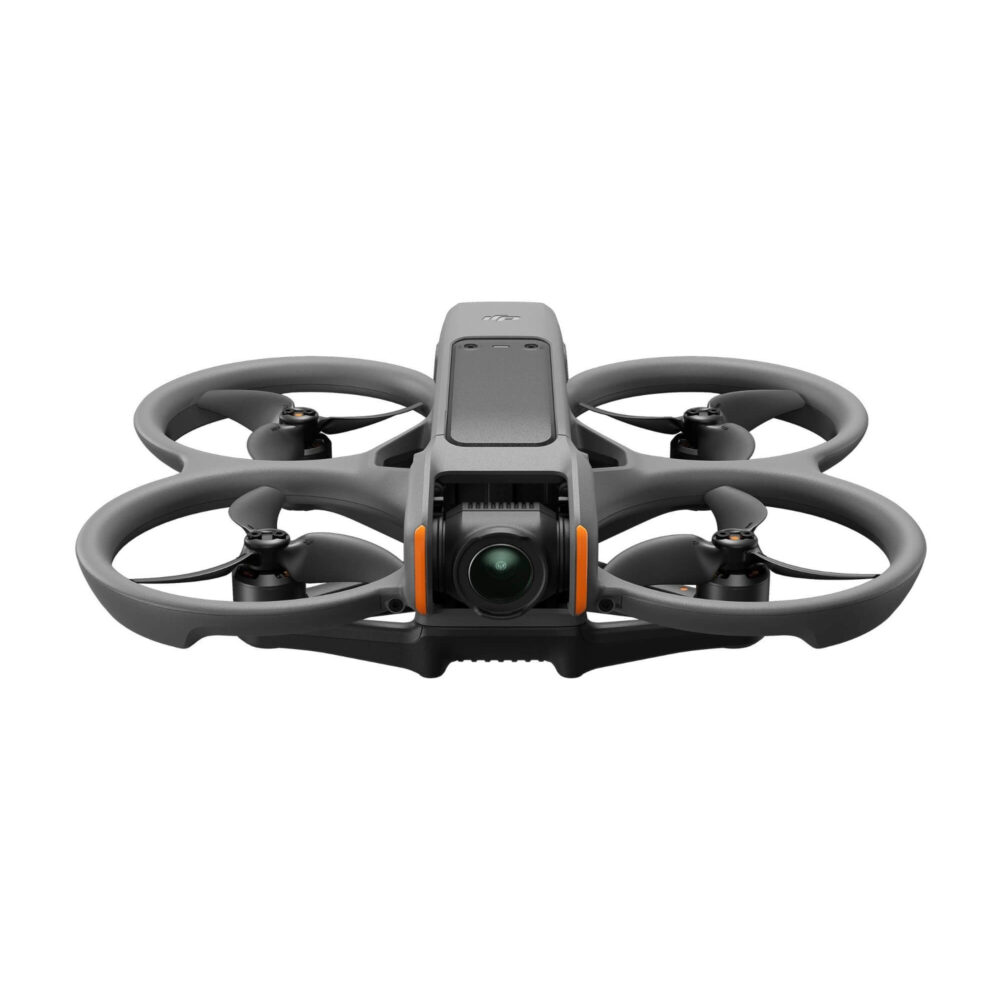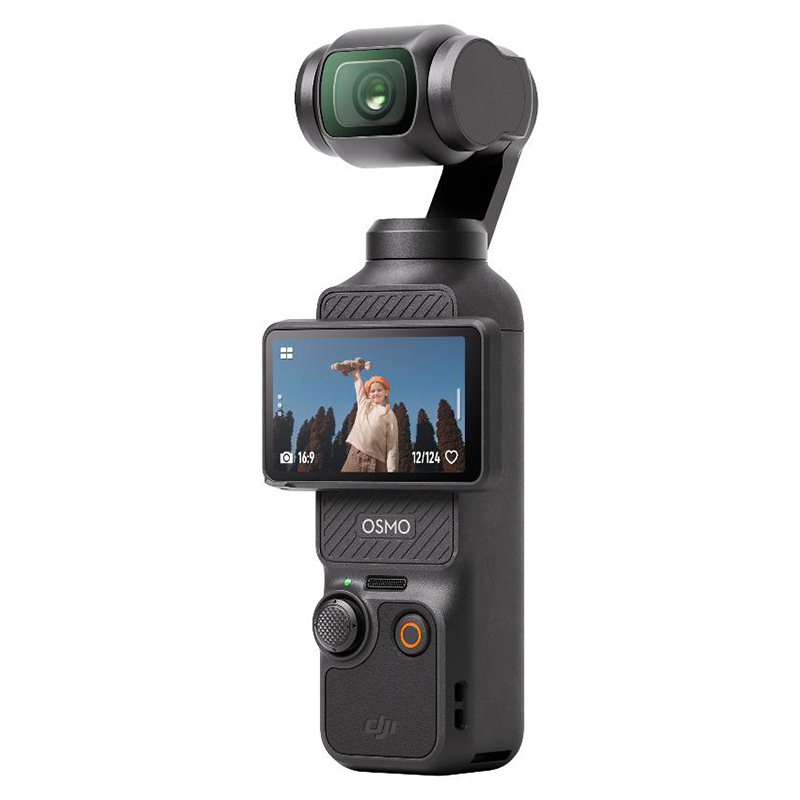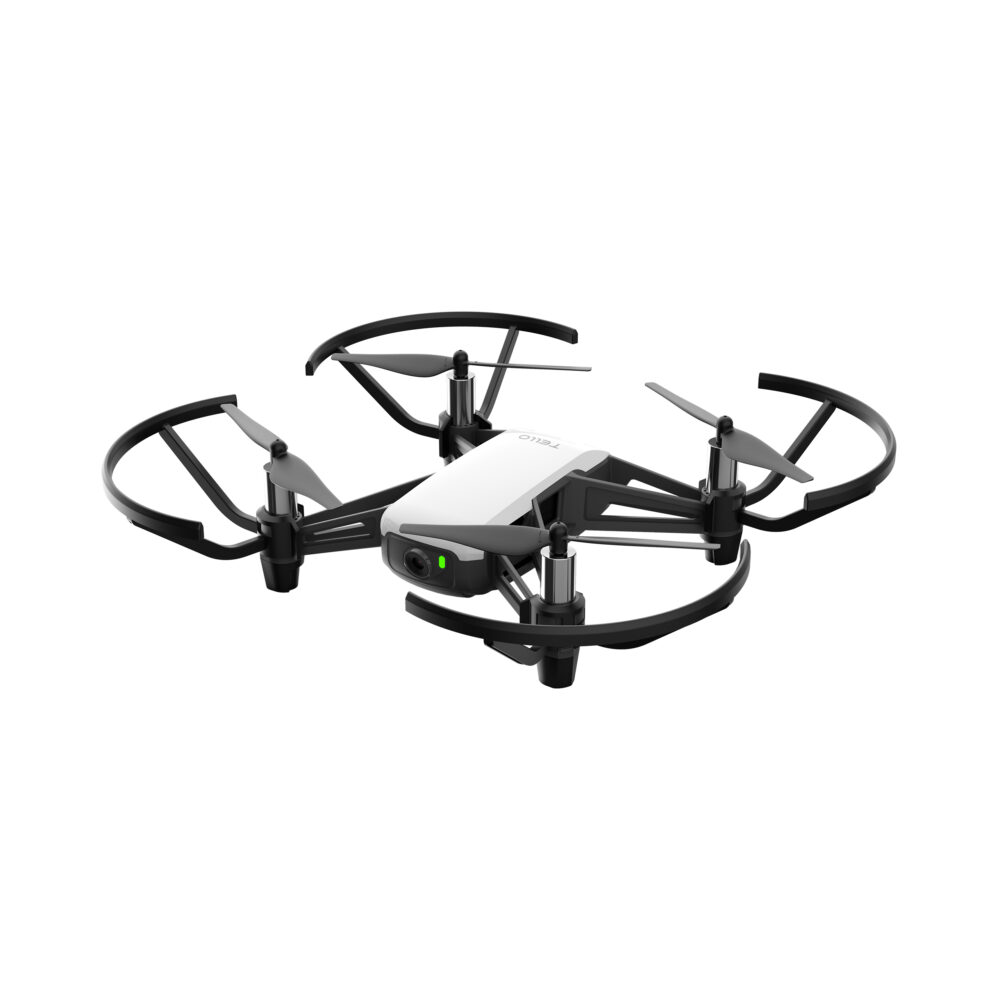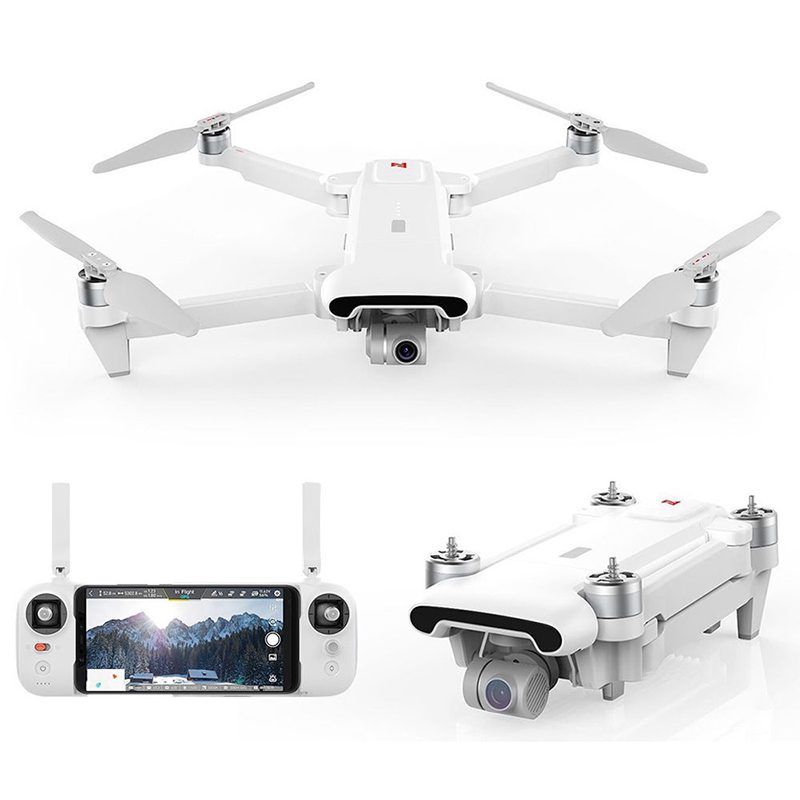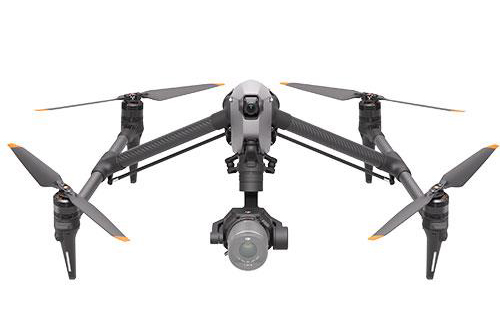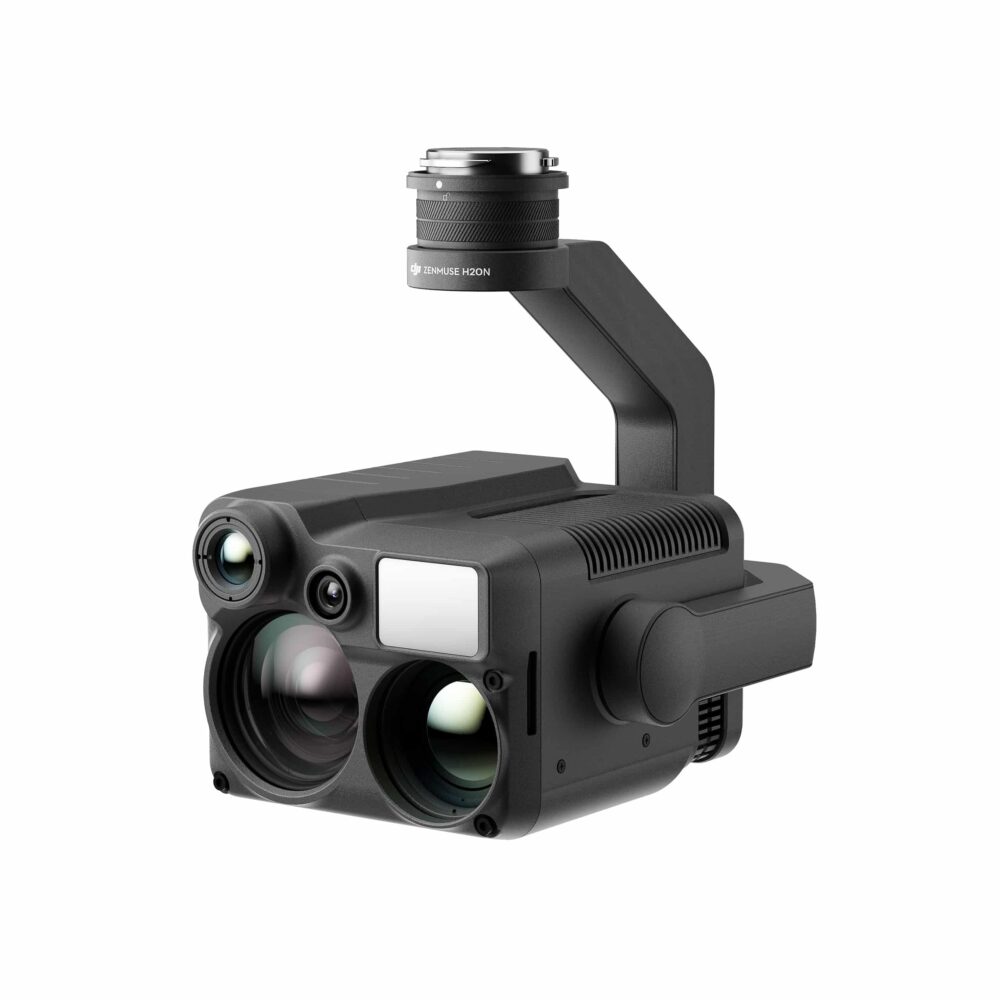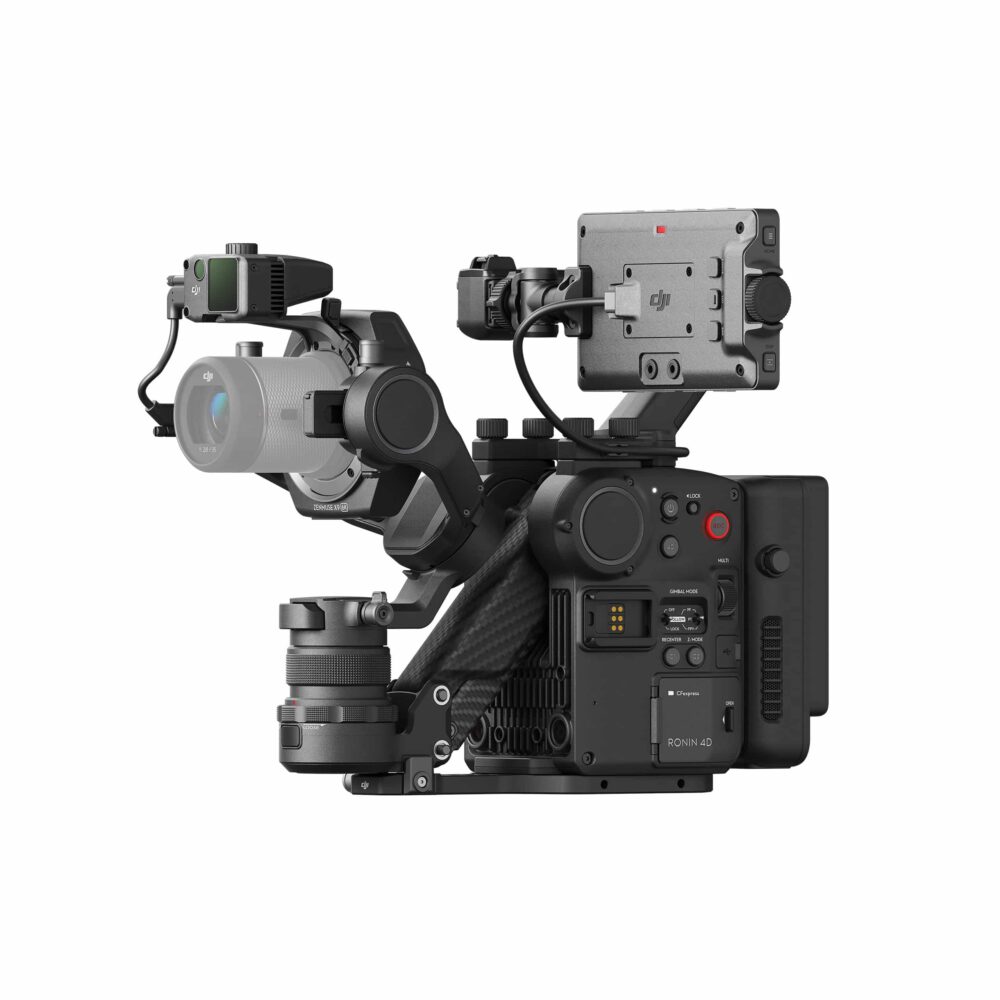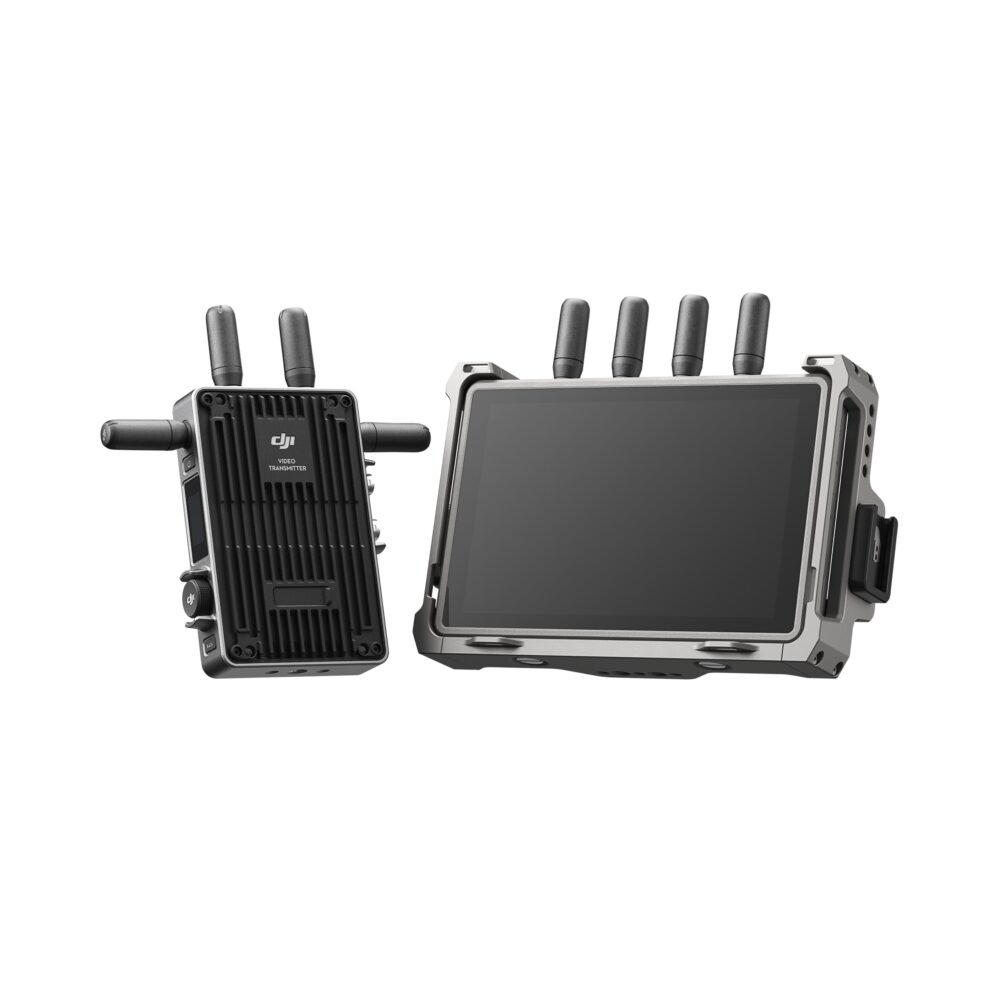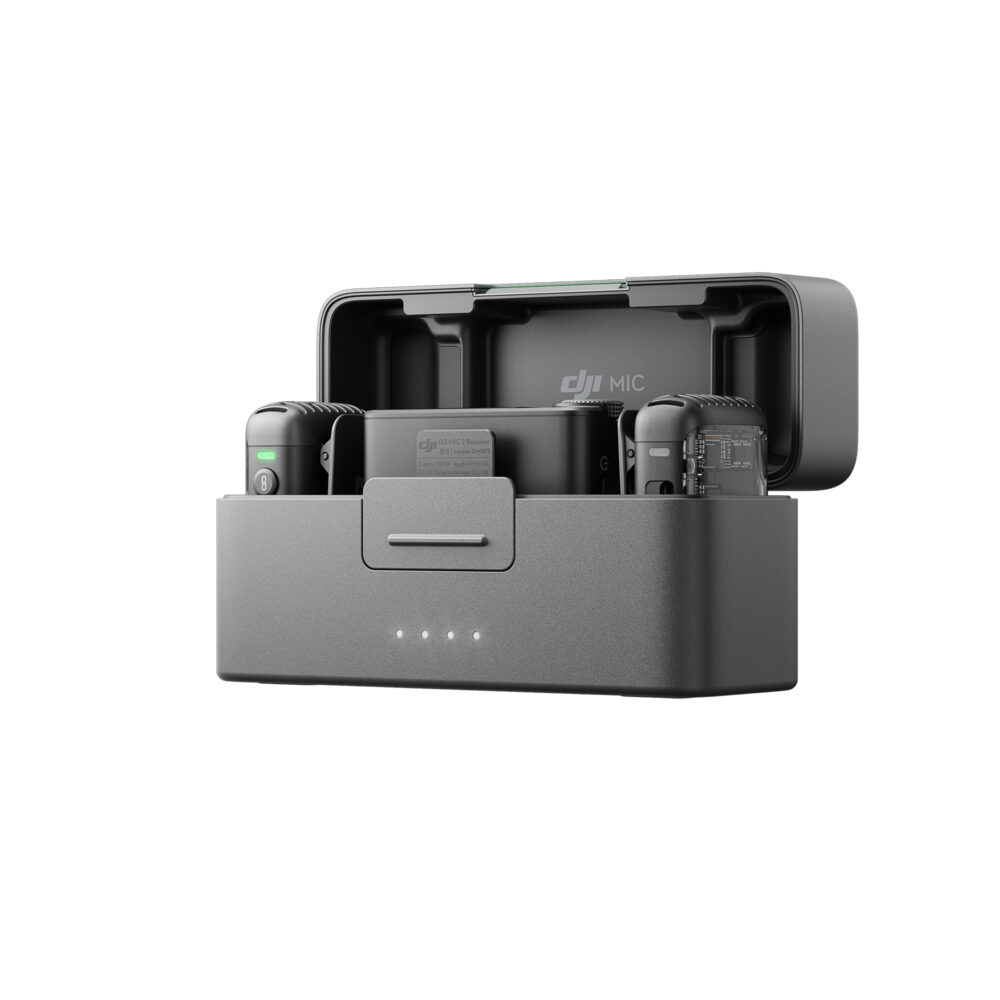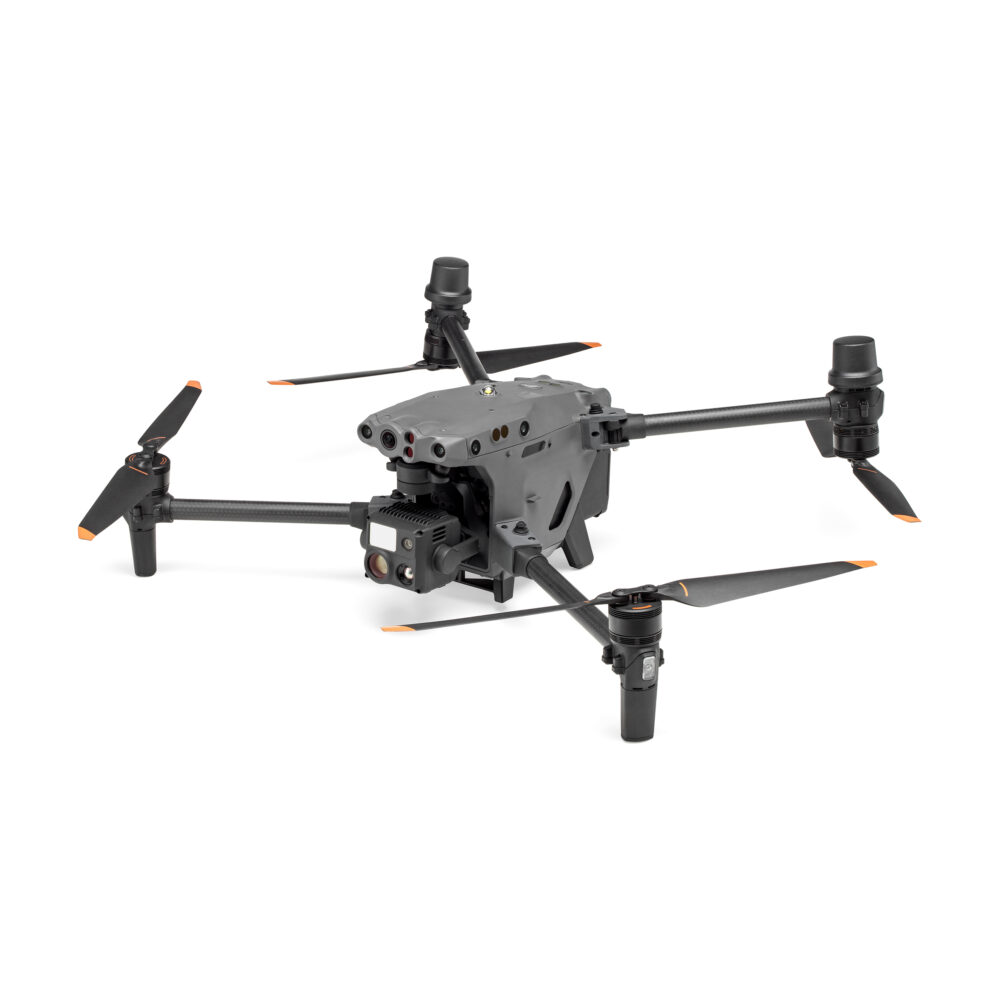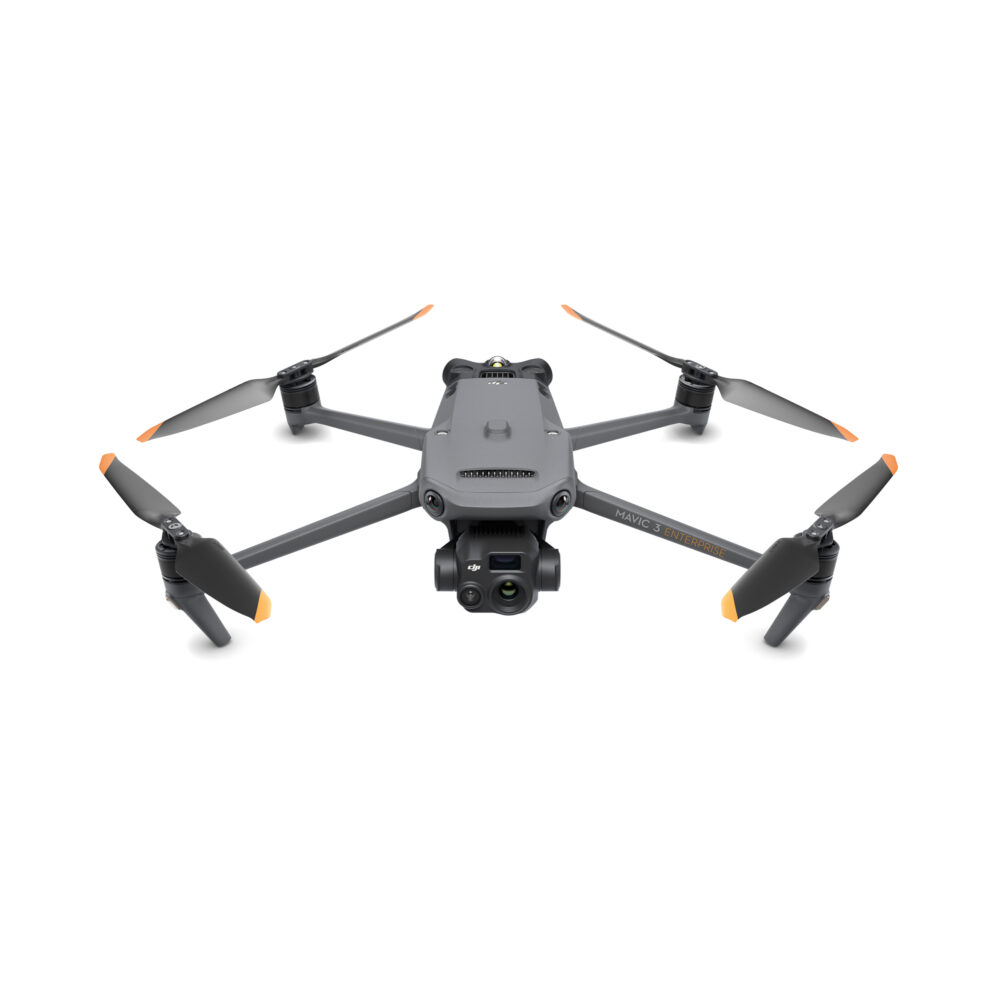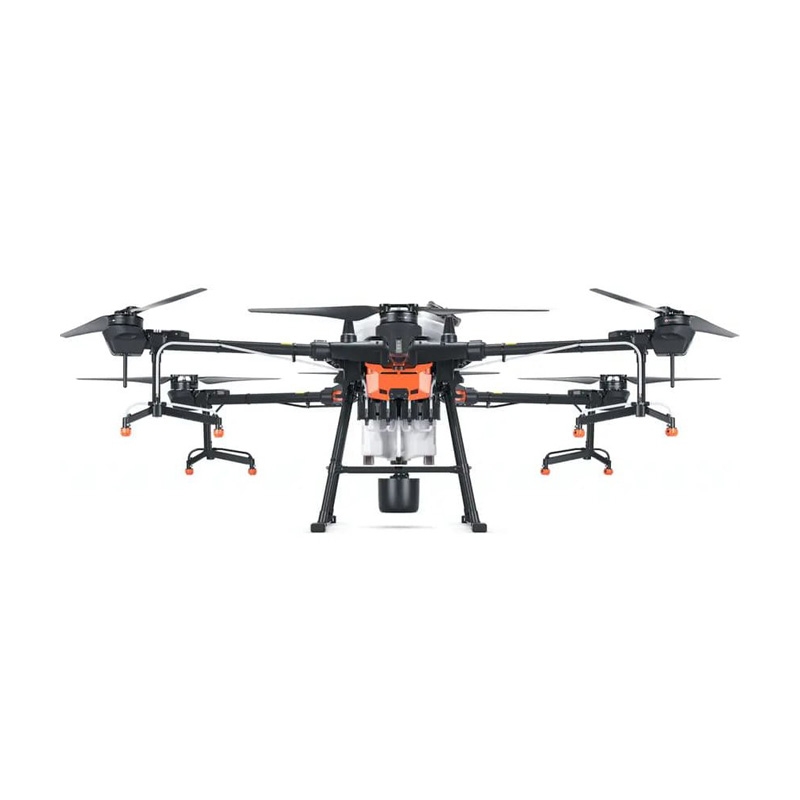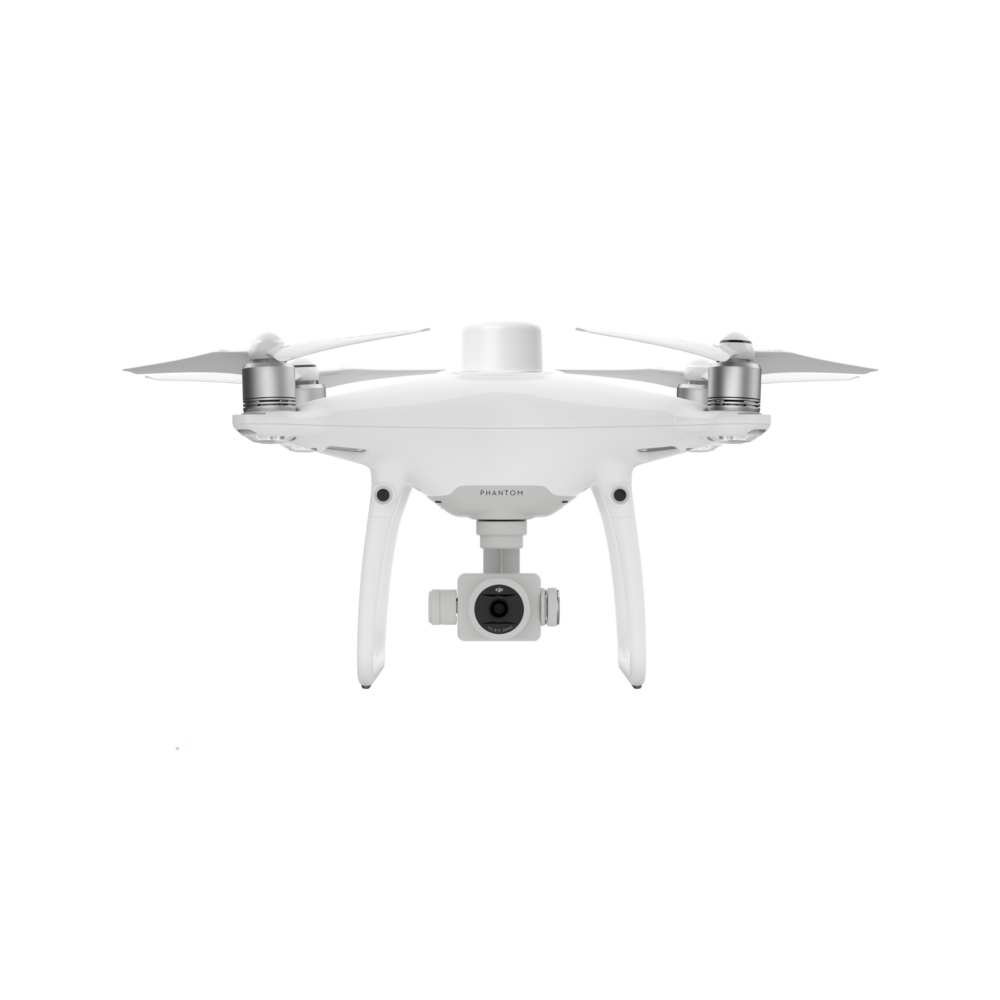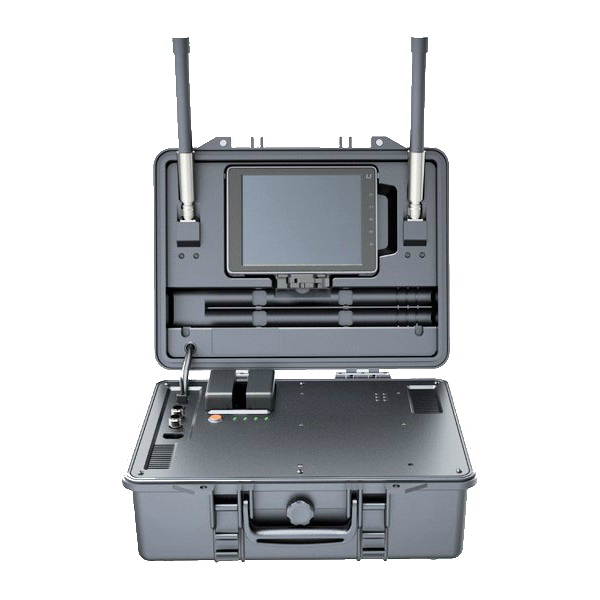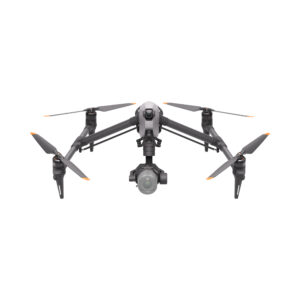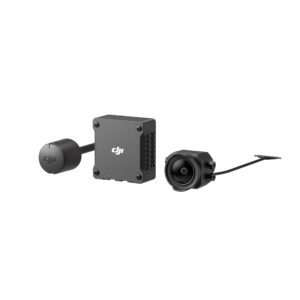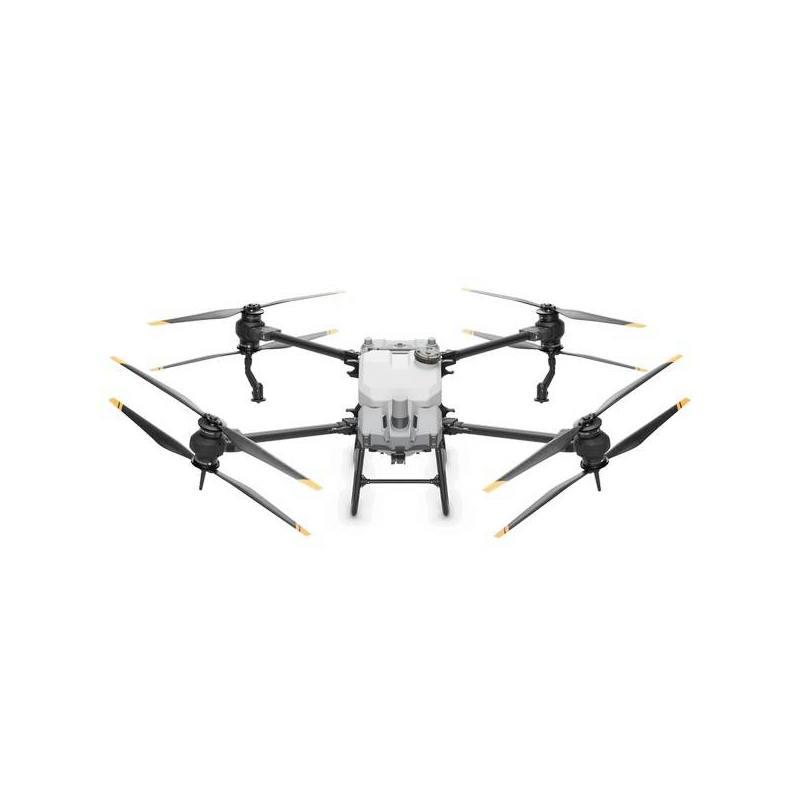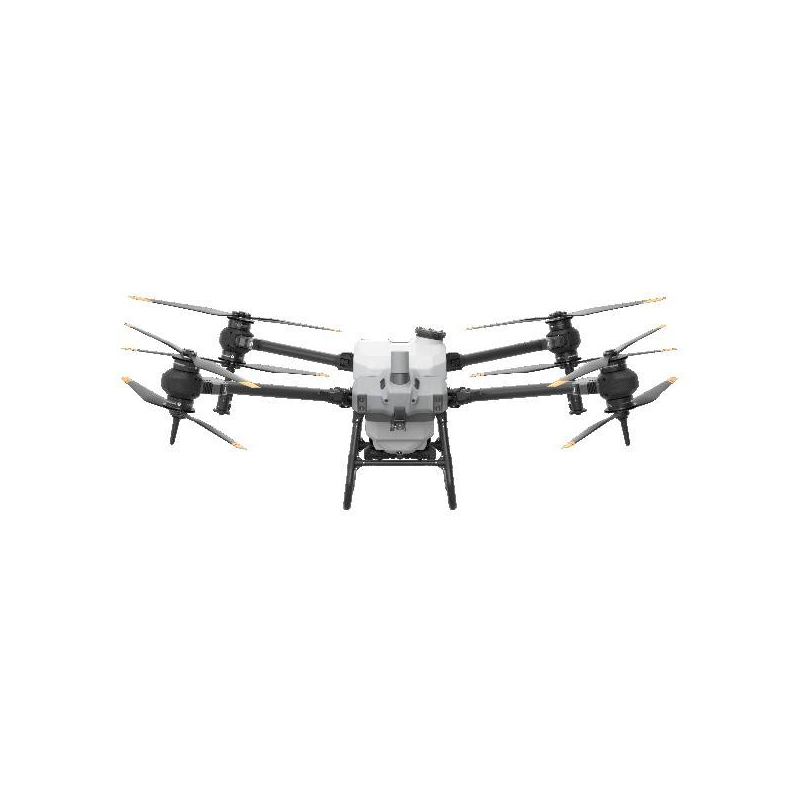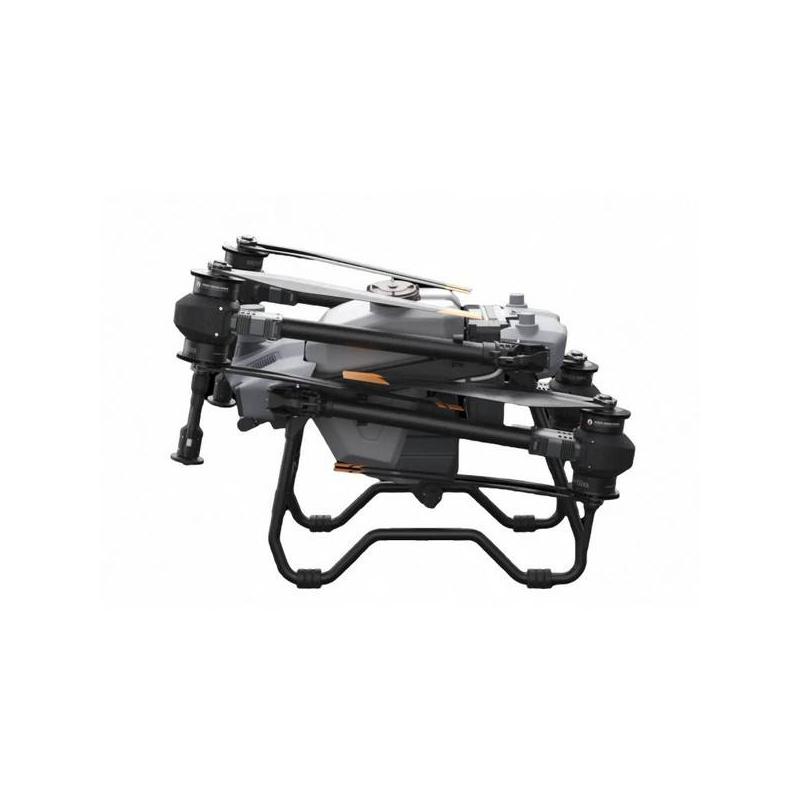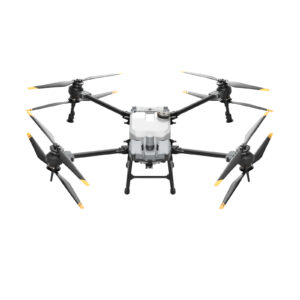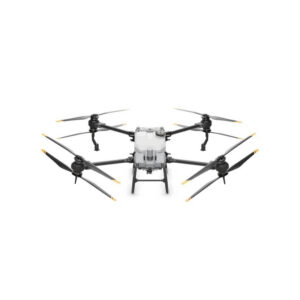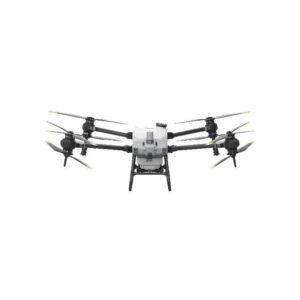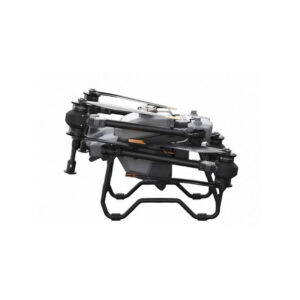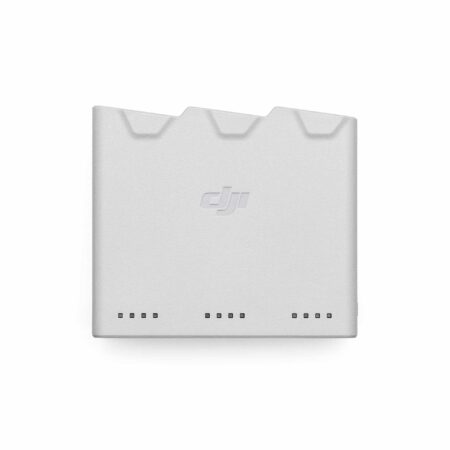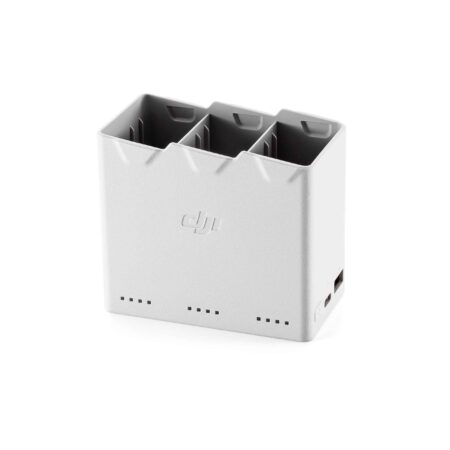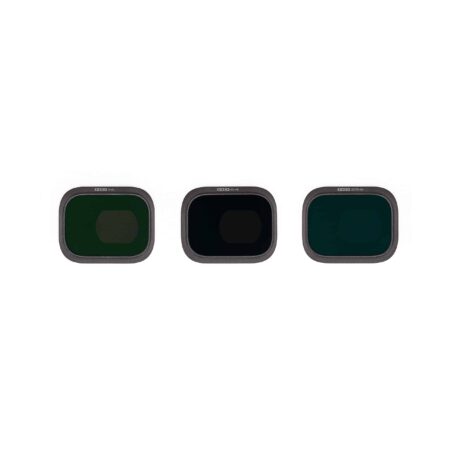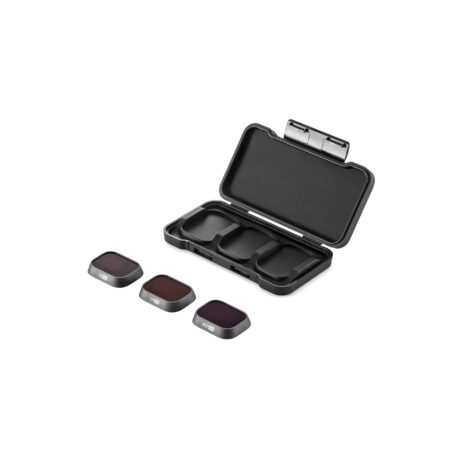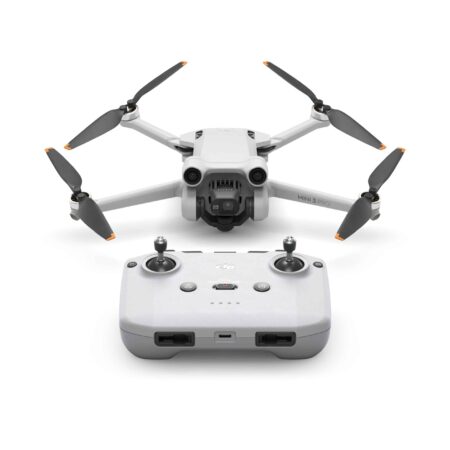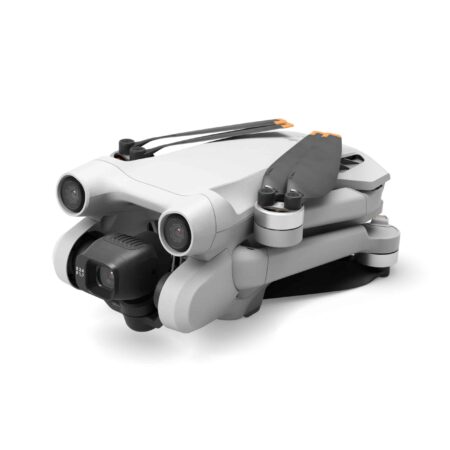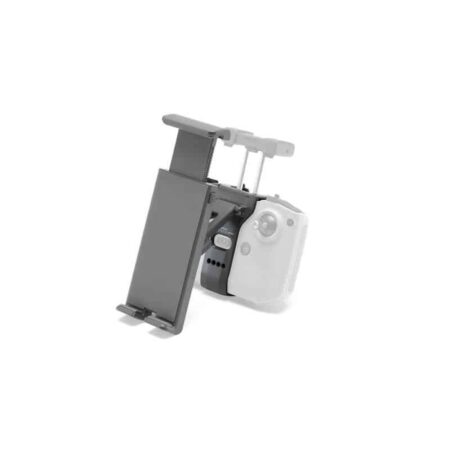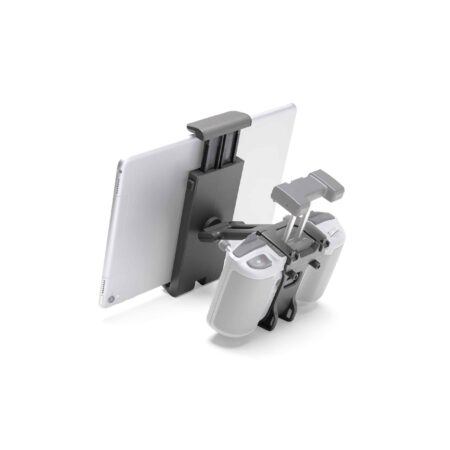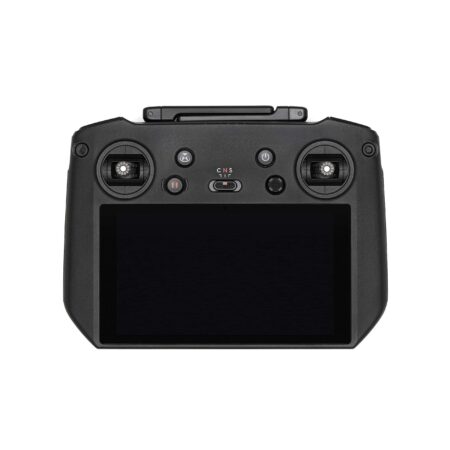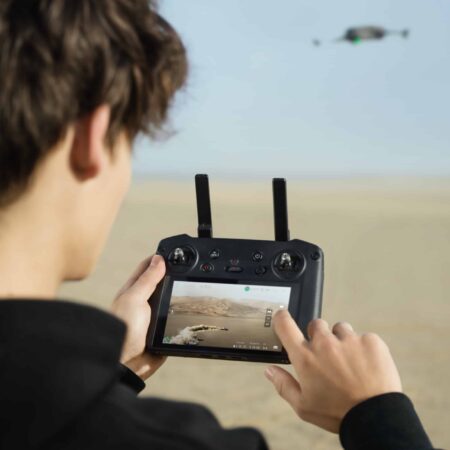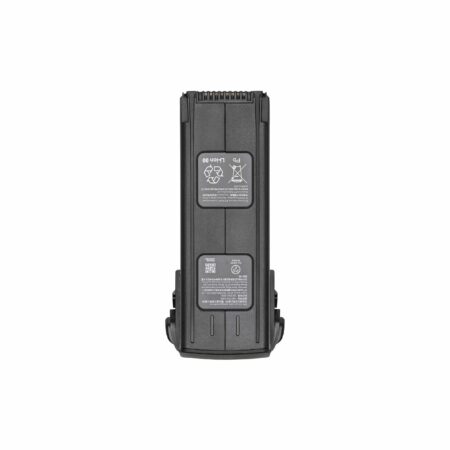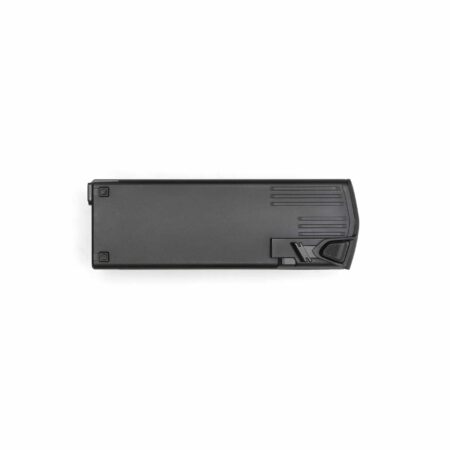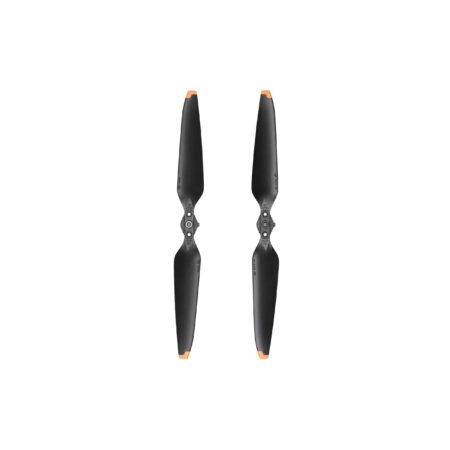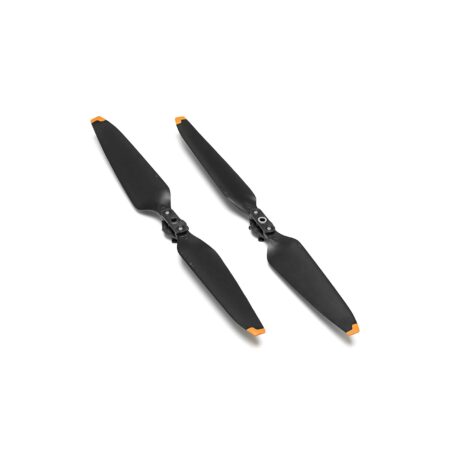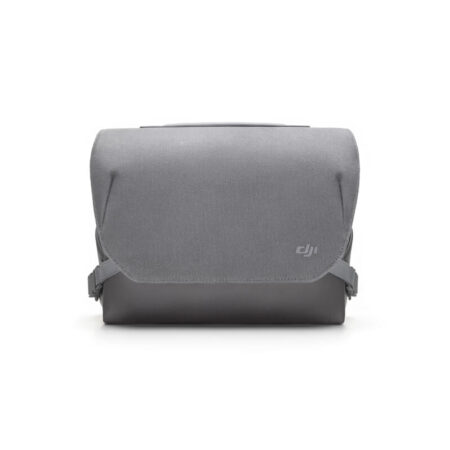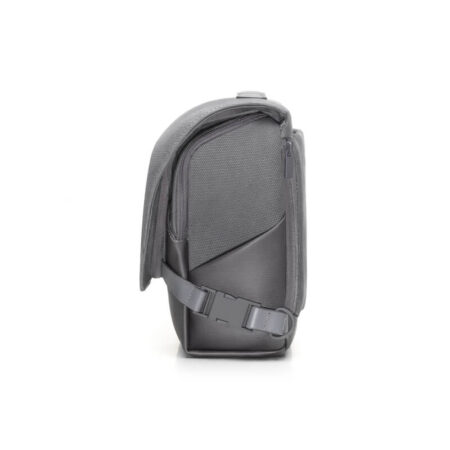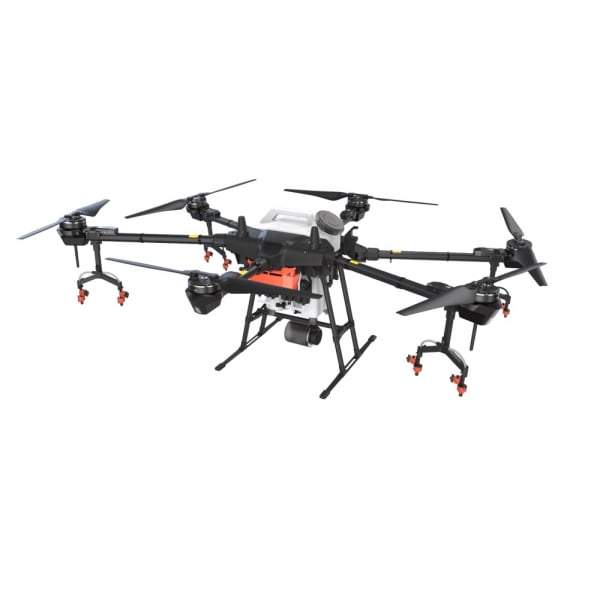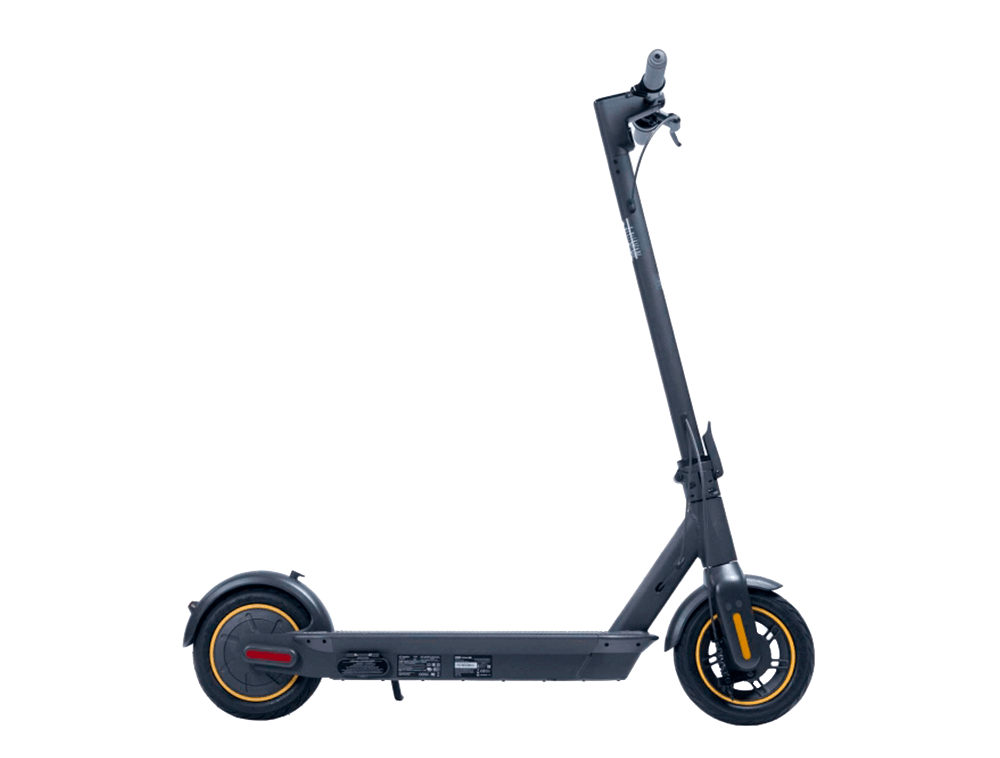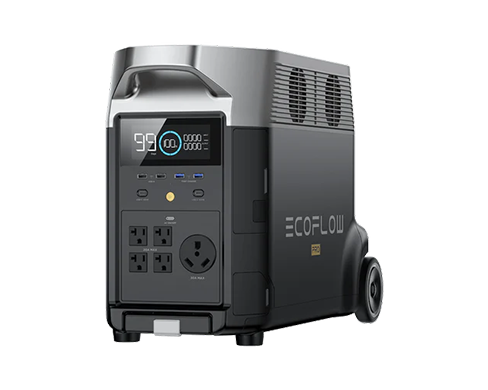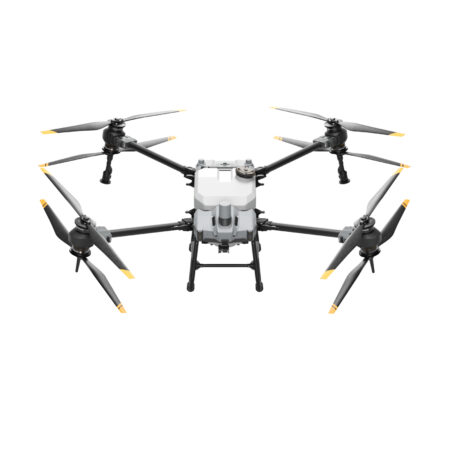DJI Agras T40
One for All
The AGRAS T40 is equipped with the revolutionary Coaxial Twin Rotor design, enabling it to carry a spray load of 40 kg[1] and a spread load of 50 kg (70 L) [1]. The aircraft is built in with a Dual Atomized Spraying System, DJI Terra, Active Phased array Radar and Binocular Vision. It supports multiple missions from surveying, mapping, to spraying and spreading, helping you achieve ultimate precision in your agricultural operations.
50kg spreading payload [1]
40kg spraying payload [1]
Active Phased Array Radar + Binocular Vision
Dual Atomized Spraying System
Supports flight spraying/spreading and RC mapping
Core Modules IPX6K [2]
EFI Generator 15% fuel saving [3]
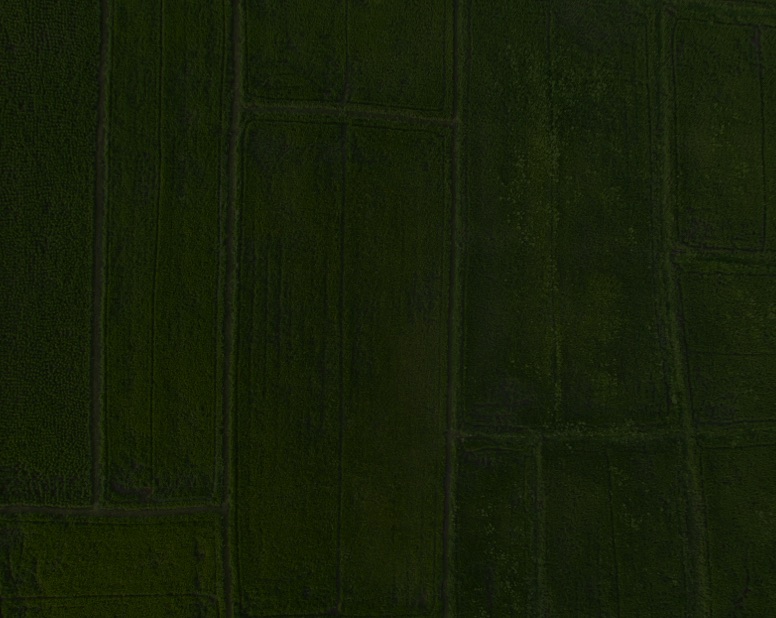
Farmland
21.3 hectare per hour [4]

Orchards
4 hectare per hour [5]
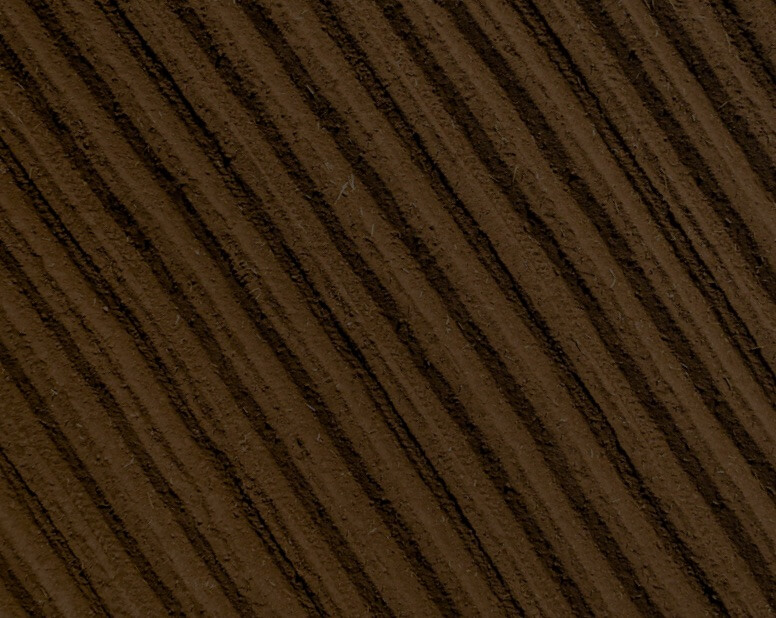
Spreading
1.5 tonnes of fertilizer per hour [6]
Massive payload increase thanks to the coaxial twin rotor
The AGRAS T40 features a coaxial twin rotor design that increases the payload capacity by 30% with a maximum payload of 50 kg [1]. Its foldable design reduces the aircraft size by 70% for greater portability.
Spraying System Features
The DJI Agras T40 has a dual spray system and a vane pump with a total spray rate of 12 liters per minute. The new magnetic transmission design completely isolates the pesticide from the motor, making the aircraft corrosion-proof and ultra-durable. Quick disassembly by hand for easy cleaning The dual atomized spray disc ensures even droplets and more efficient pesticide usage. The proprietary centrifugal valve prevents leakage, avoids over-fertilization, and reduces pesticide use while protecting the environment.
Omnidirectional Obstacle Sensing
The Active Phased Array Radar is incorporated with a binocular vision sensor system to provide 360-degree horizontal omnidirectional obstacle sensing, offering optimal security. The detection distance of up to 50 m [8] allows for intelligent terrain following, smooth scaling and bypassing of multiple obstacles [9].
Mapping, spraying and spreading, all in one
The AGRAS T40 combines mapping, spraying and spreading functions, while its UHD camera and adjustable gimbal enable easy capture of your desired view. Farmland and orchard images can be captured in real time, and local maps can be generated using the remote controller with the D-RTK 2 Mobile Station. The system detects land boundaries and obstacles automatically, for quicker planning of flight routes over farmland and hilly orchards.
Ultra-fast charging
12000W Multifunctional Inverter Generator with new EFI technology and 15% fuel saving [3]. The charging station produces 1500W AC output, sufficient to power the remote controller, water pump, reloader, lights, and other components. The 30000mAh Intelligent Flight Battery with its standard air-cooled heat sink can cool down rapidly.
[1] Data was measured at sea level. The payload weight is greatly affected by the ambient temperature and altitude. The payload weight needs to be reduced by 10 kg for every 1,000m increase in altitude. The DJI Agras app will recommend the payload weight according to the current status and surroundings of the aircraft. When adding materials, the maximum weight should not exceed the recommended value, otherwise flight safety may be compromised.
[2] The core modules include: the avionics module, radio frequency module, breakout board, power distribution board, Electronic Speed Controller, Magnetic Drive Impeller Pump, Dual Atomized Centrifugal Sprinkler, Active Phased Array Omnidirectional/Backward and Downward Radar, Binocular Vision System, UHD FPV camera, and LED supplement light. The IPX6K rating is not permanent and may reduce over time after long-term use due to aging and wear.
[3] When charging at 9 kW, an EFI generator consumes 15% less fuel compared to a carburetor generator.
[4] Data was subject to the operating environment and parameters. T40 flight parameters: consumption rate 15 L/ha, spray width 11 m, flight speed 7 m/s, flight altitude 3 m
[5] Data was subject to the operating environment and parameters. T40 flight parameters: consumption rate 75 L/ha, spray width 4 m, flight speed 3 m/s, flight altitude 2 m
[6] Data was measured with urea and subject to the operating environment and parameters. Actual data may vary in operation. T40 flight parameters: consumption rate 149 kg/ha, spread width 7 m, flight speed 7 m/s, flight altitude 3 m, spreading disc rotation speed 1,000 rpm. The area is free of obstructions and in a regular terrain shape. The fertilizers are prepared in advance and can be loaded quickly.
[7] Urea, seeds, and feed have small bulk density. The volume of their particles weighing 50 kg will exceed 50 L.
[8] The effective sensing range varies depending on the material, position, shape, and other properties of the obstacle. Pilots are responsible for flight safety at all times. The obstacle avoidance system is only an assisting tool.
[9] The Bypass function should preferably be used in environments with sufficient daylight, an incline of less than 20 degrees, small obstacles, and few electrical wires. The function is not recommended for use at night, on a rainy day, or around many electrical wires.
[10] The remote controller’s mapping time, which can be affected by the firmware version, survey type, and other relevant factors.
[11] Charging from 30% to 95%, with the number of batteries chargeable depending on the battery level, idle time, altitude, temperature, and other factors.
[12] Charging from 30% to 95%. Factors impacting charging time: the altitude of the charging station; and the battery cell’s temperature is in the range of 15° to 70°C.
[13] Batteries are covered by warranty for up to 1,500 charging cycles or 12 months, whichever ends first.


